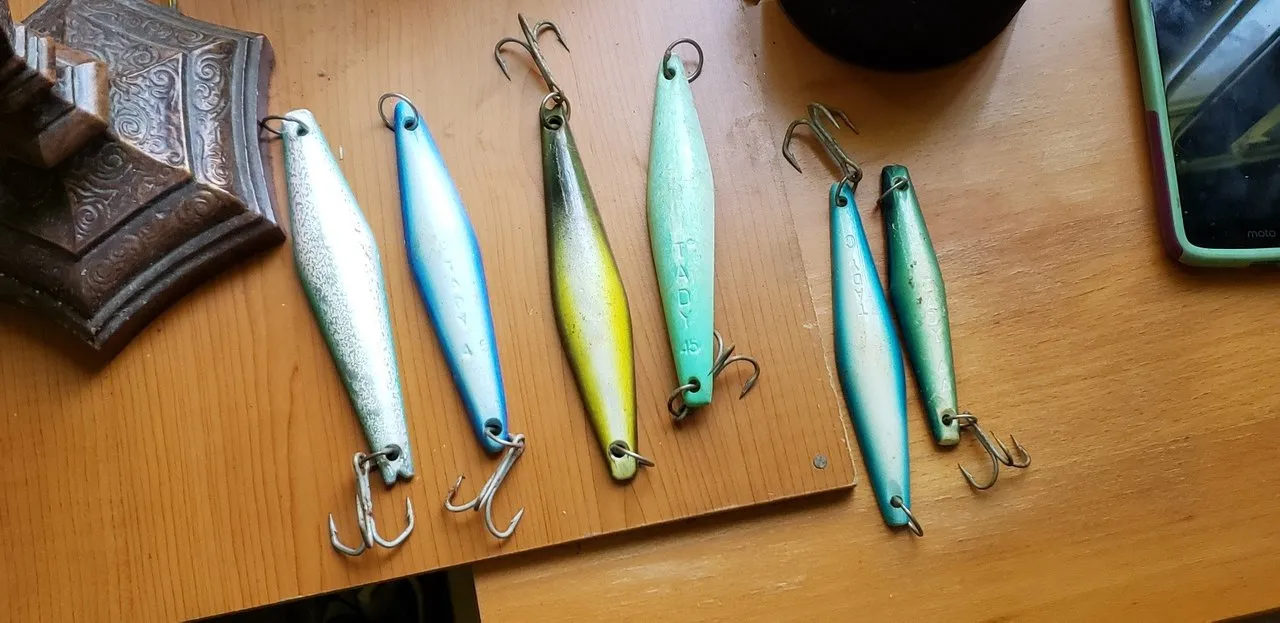
Gear up and get ready!! That statement covers so much of what an offshore anglers' time amounts to. For without preparation and the proper gear, chances of a good catch are slim.
In the following presentation, I'll showcase gear from my own collection. These setups are more than effective for fishing off the coast of San Diego. In that gorgeous Pacific Ocean!
The problem I have is that in recent years, a much larger grade of tuna have moved into our waters. My gear would be pressed to its limits on 60 - 80 lb tuna. I'm going to have to invest in some larger gear to cover this deficit.
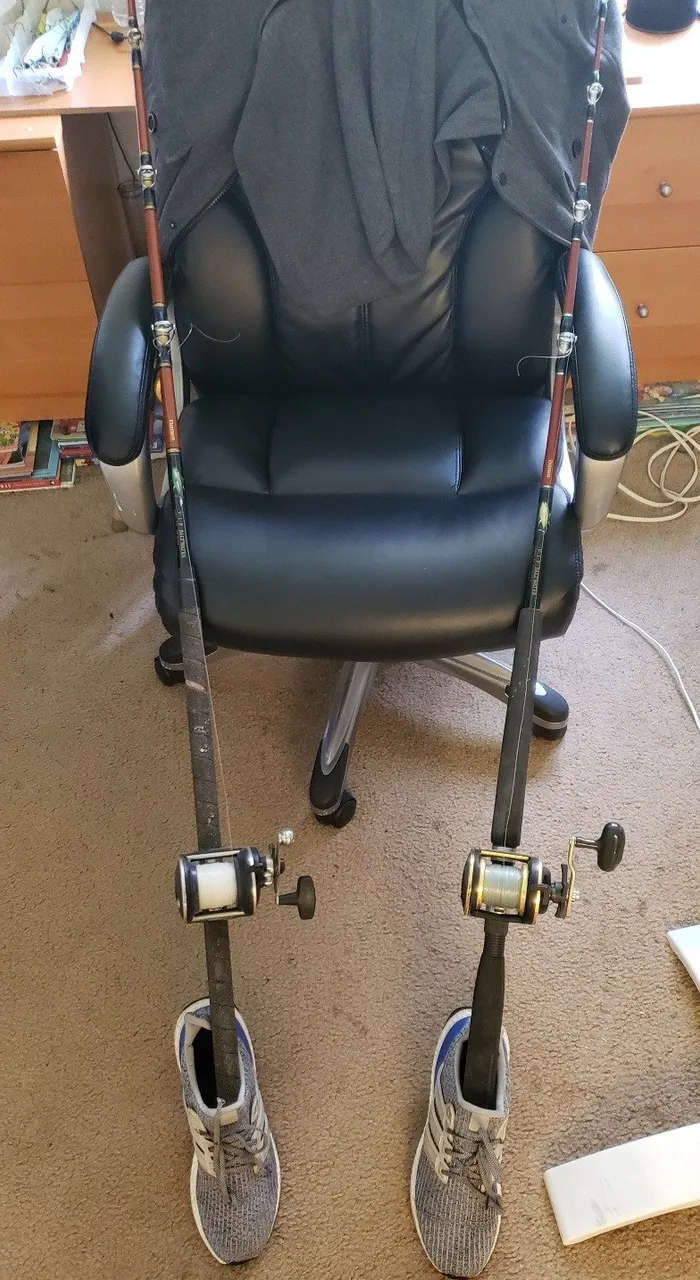
Penn High Speed & Daiwa Sealine Reels On Daiwa VIP Rods
An anglers' arsenal helps define his offshore fishing experience. Poor gear that doesn't hold up isn't worth the money.
We fork out way too much in expenses just for a day on the ocean. Gear failure is the last thing an angler wants to see while battling a nice grade tuna or jack.
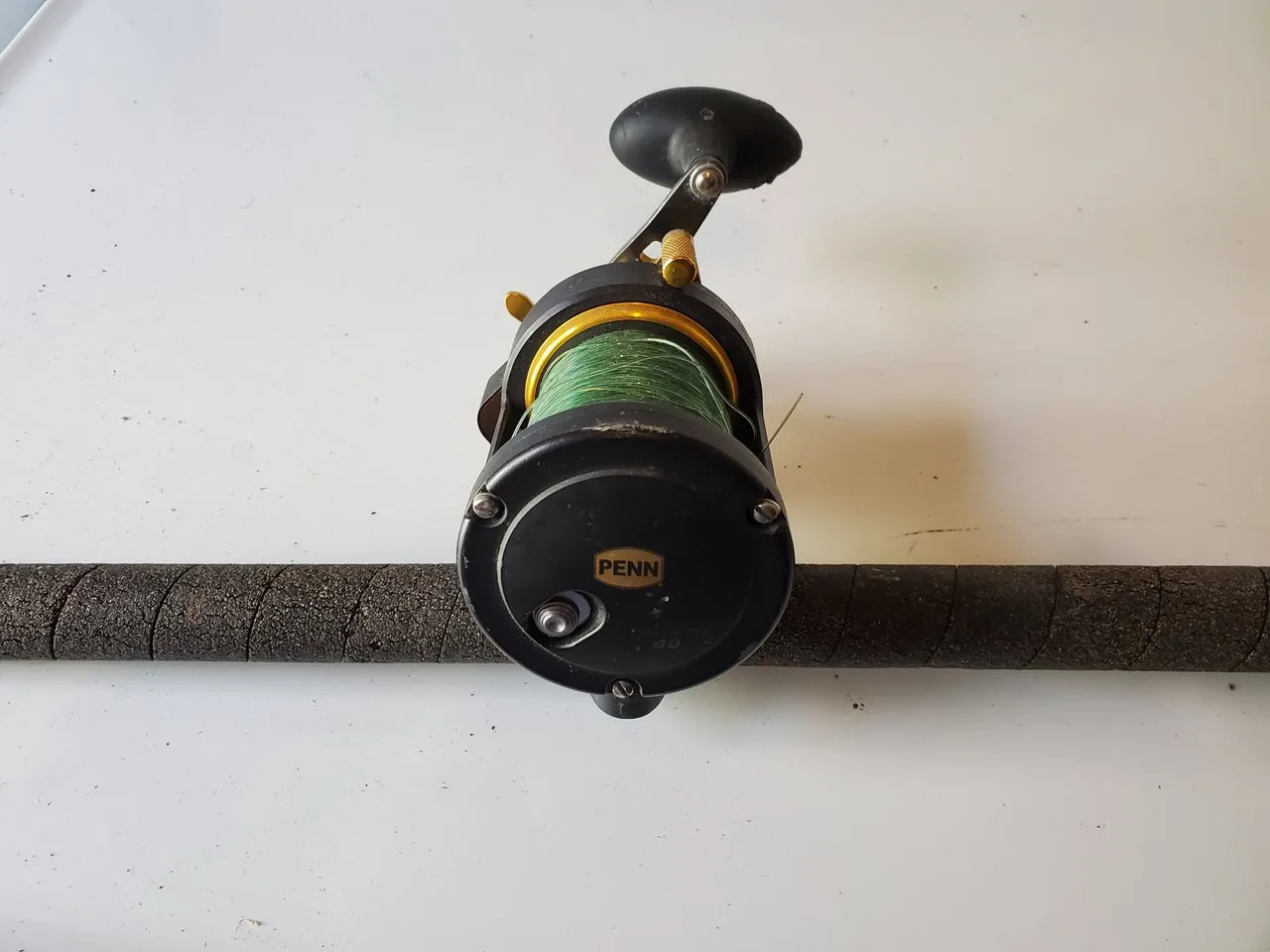
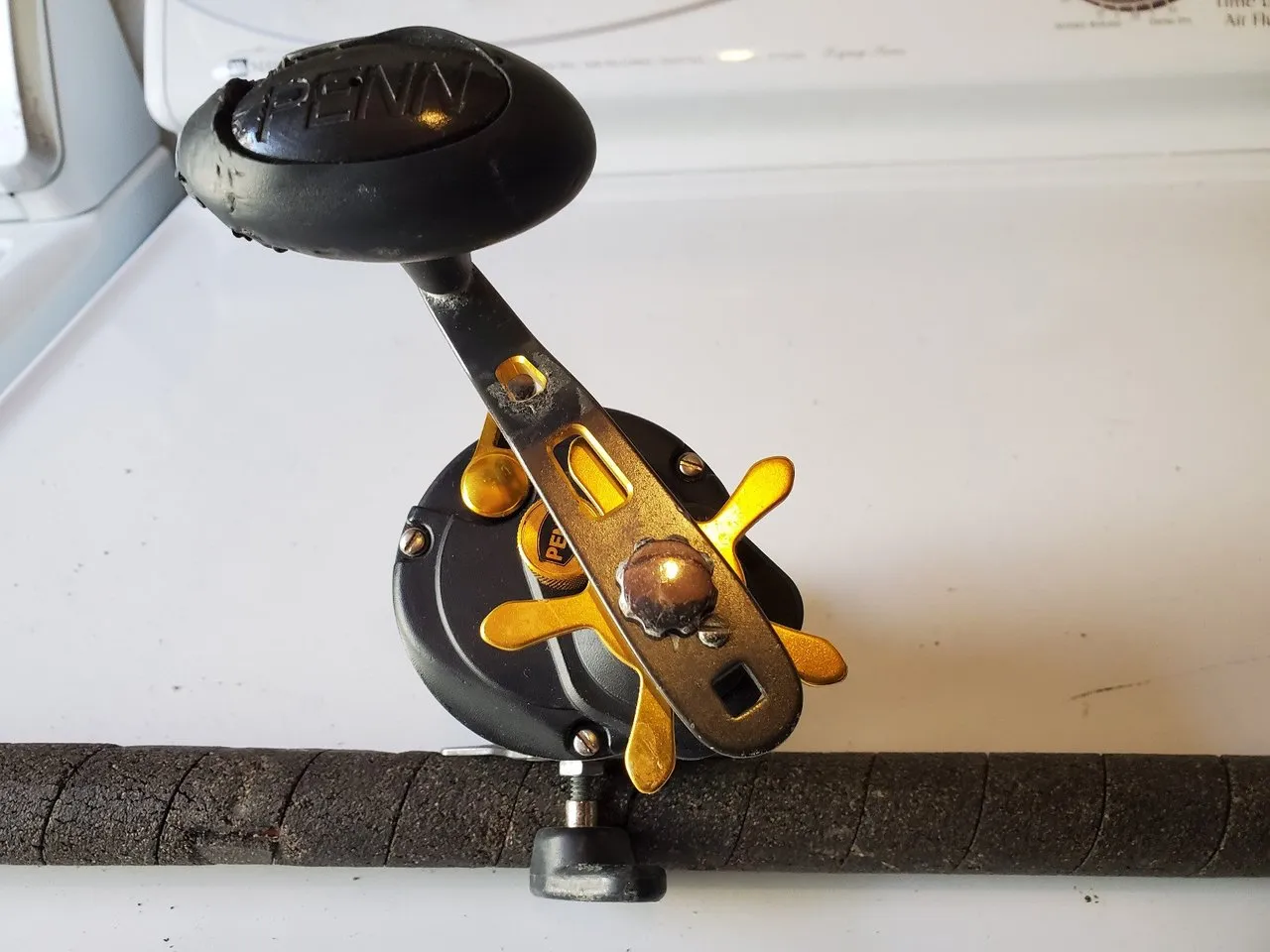
The pics above show both sides of my most effective reel, the Penn Fathom. You can see where my youngest son tried to eat the handle!
A reel's drag setting allows the angler to change the amount of resistance against the line going out. On this reel, that star looking piece of metal turns so the angler can change the resistance or drag.
The Penn Fathom uses what the company calls HT-100 drag washers. The name reflects the fact that they have been tested up to 100 miles with no visible signs of wear.
Those are some smooth washers considering that friction against them is what puts resistance or drag on the reel. 100 miles is a long way to go with no wear under constant heat from friction.

Iron jigs are an effective lure for attracting and hooking Yellowtail. A type of fish that falls in the Jack family, Yellowtail are stronger pound for pound than tuna. At least most anglers I talk to would agree with that.
They feed all along the water column. From trapping bait fish on the surface that are being pounded by diving birds to chasing rockfish on the bottom, Yellowtail feed anywhere.
And they are fast! The mixture of these qualities can make them tough to find on the end of your lure, but Captains get good at chasing them down.
Both by using sonar fish finding equipment and watching the path of the diving birds, anglers love running down Yellowtail. They make excellent Hamachi , the term you'll see it listed under in your favorite sushi restaurant.
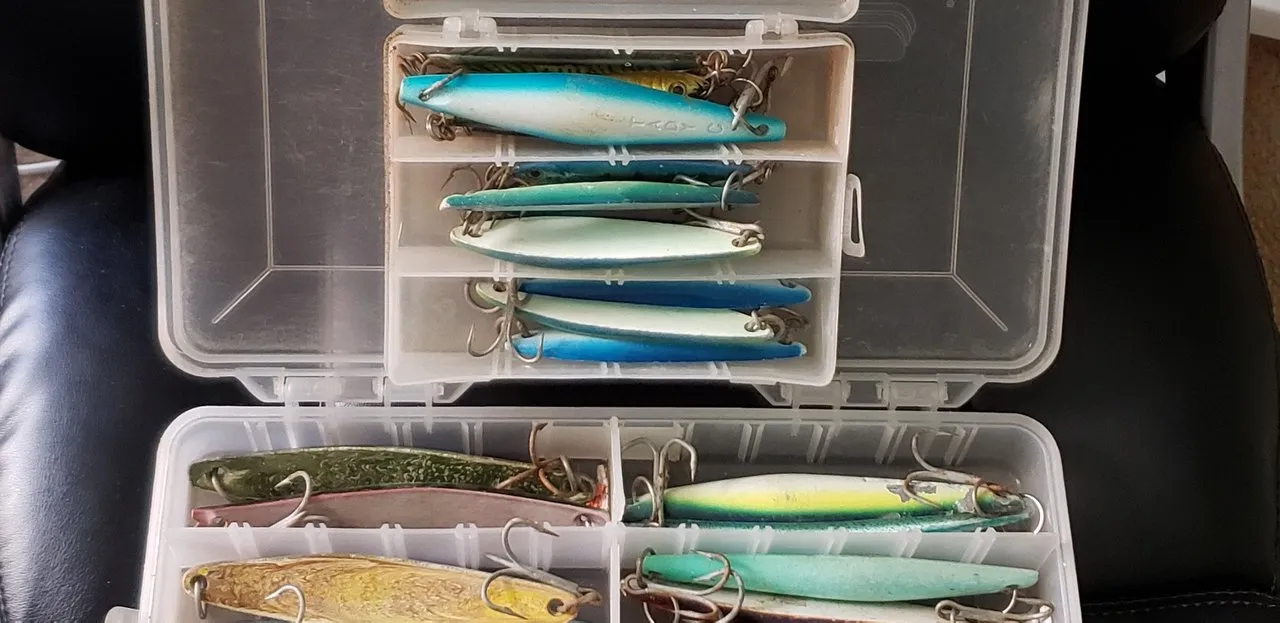

Because Yellowtail are so adept at feeding anywhere they choose, we use different iron jigs in their pursuit.
Those ones with the Salas 6X marks are heavy iron jigs. They're made to drop quickly to the bottom at which point an angler reels them back up as fast as possible.
Reels with higher ratio gear speeds help with this type of what we call, Yo Yo Iron fishing. In the pics above are also lighter iron lures. We call these jigs Surface Iron as they are not meant to be fished anywhere but the top column of water.
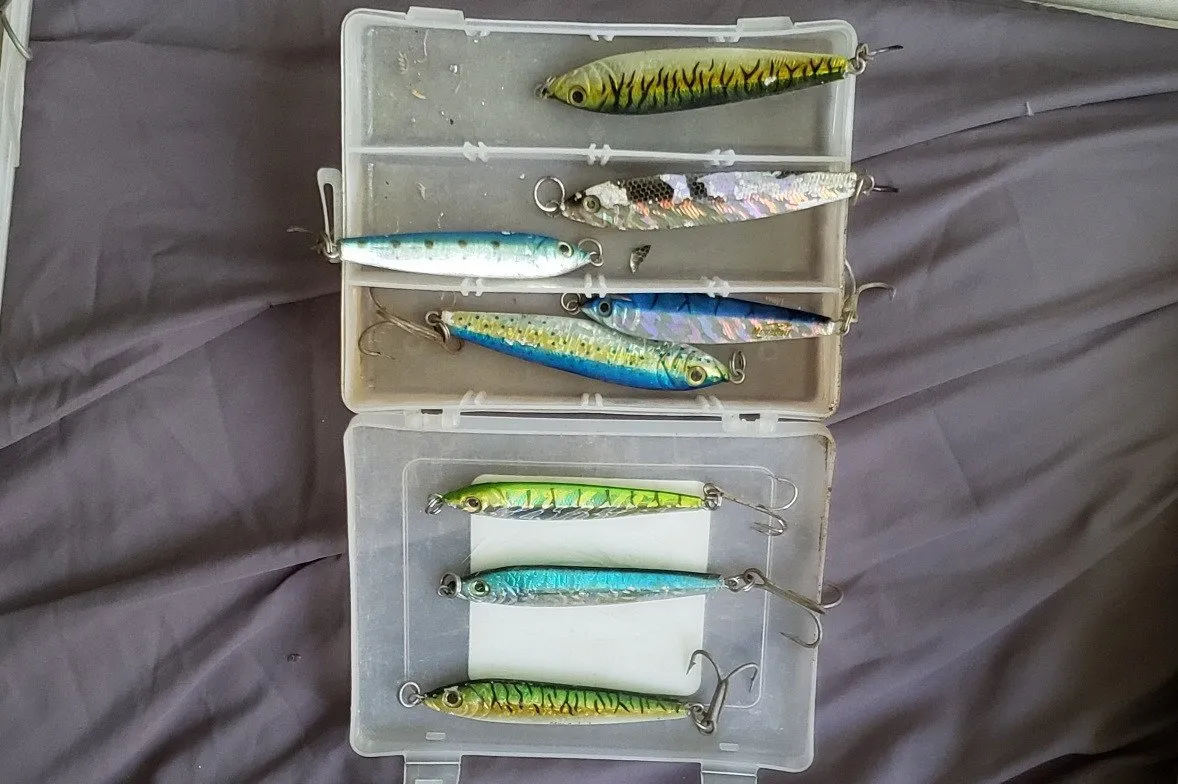
Another option anglers have for lures when fish are feeding on smaller bait are these Megabaits above. They are smaller than iron in the previous photos but heavier than they look.
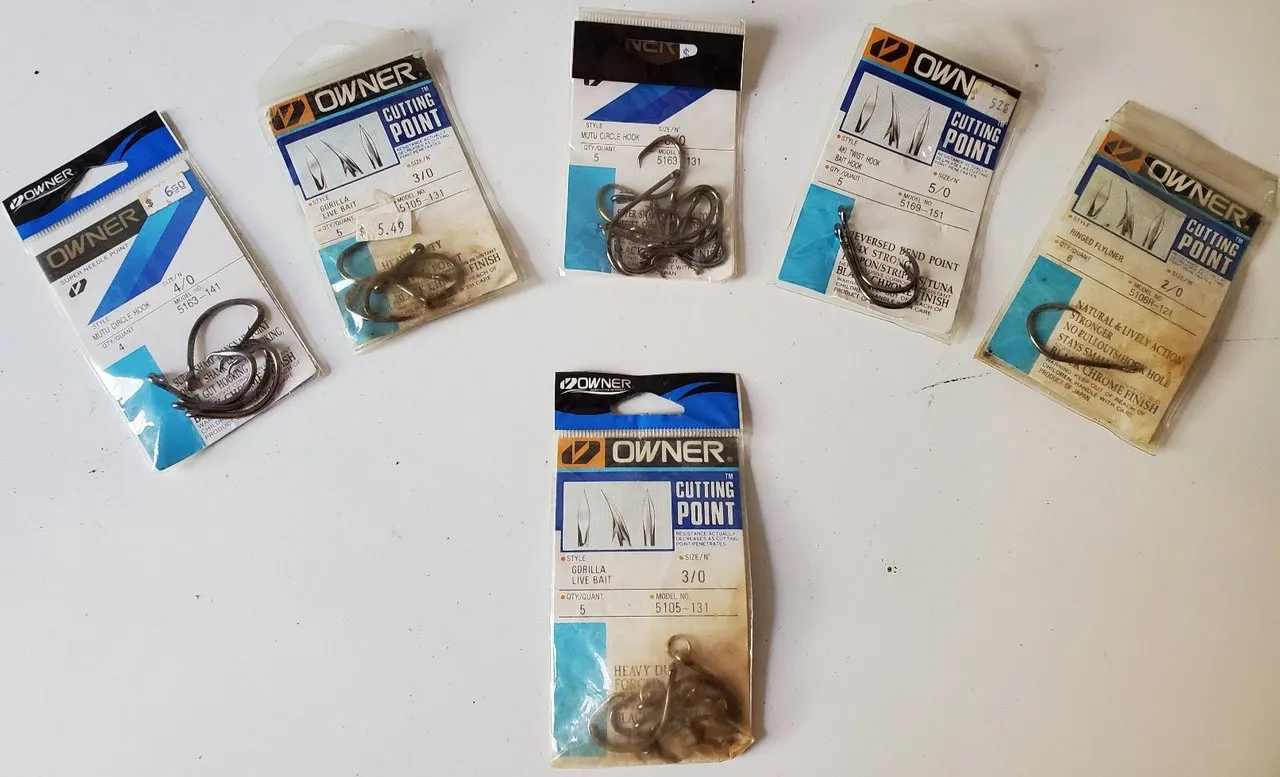
Jigs and iron lures will work for catching tuna farther offshore, but anglers will often switch to live bait when they encounter such schools.
Most of time, the hook ties on the end of the line and that's it. It's a technique we call fly-lining. The angler allows the baitfish to swim the line away from the boat where tuna can pick it up.
Of course, we're going to want to make sure we're equipped with the correct hooks to handle these species of fish. Tuna don't mess around.
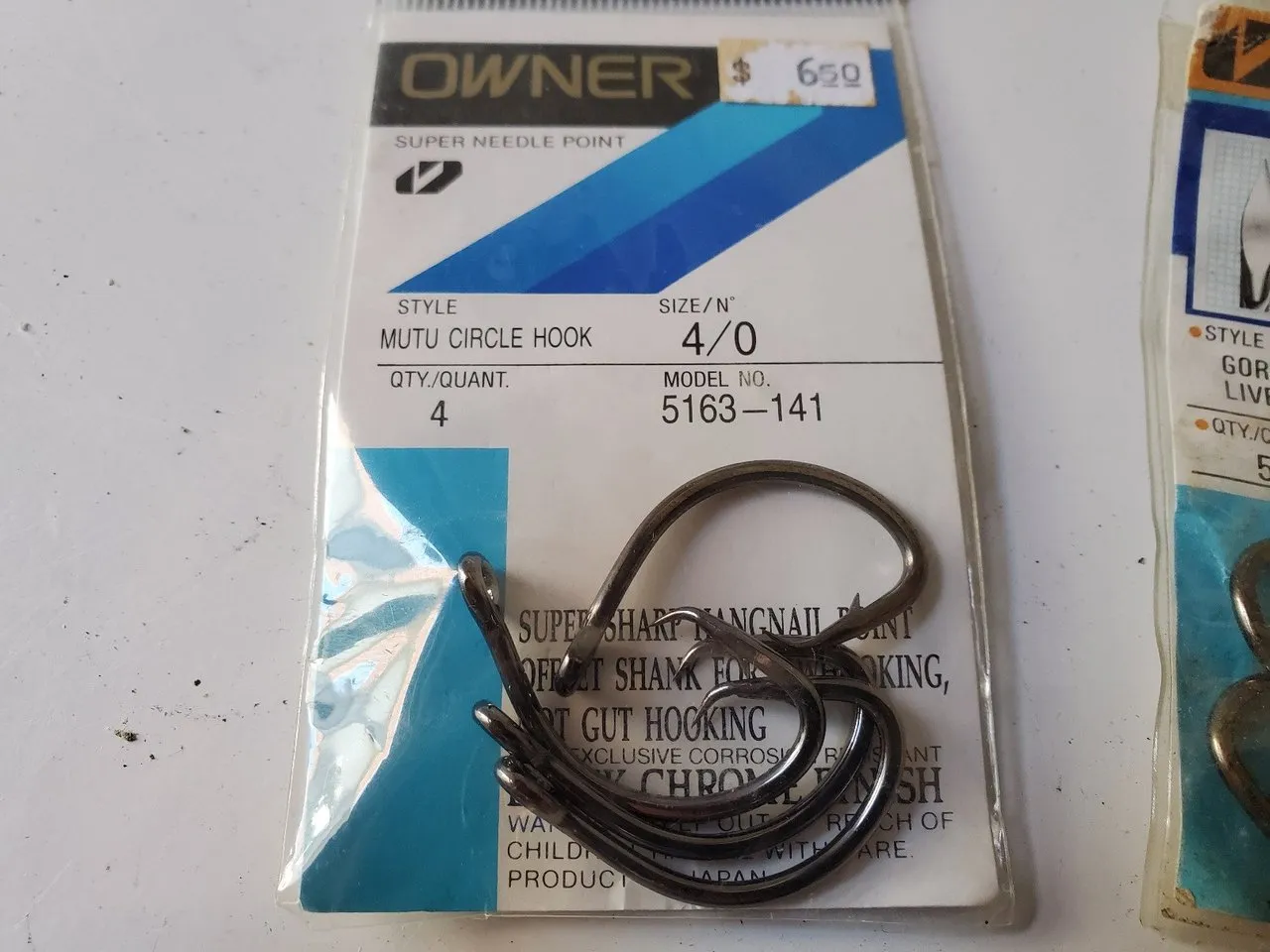
Owner is by far my favorite brand. Their material and craftsmanship are second to none. Something about the high carbon steel they use and their tempering process make the strongest hooks in the industry.
These guys will bend with enough pressure but rarely have I seen them break. Notice also the style called a Mutu Circle Hook. Circle hooks catch in the corner of the tuna's mouth versus inside the mouth or in the gut.
This protects the fish for the possibility of catch and release and are a required hook style in many tournaments. It also protects the anglers' line by keeping it from running against the teeth of the hooked tuna.
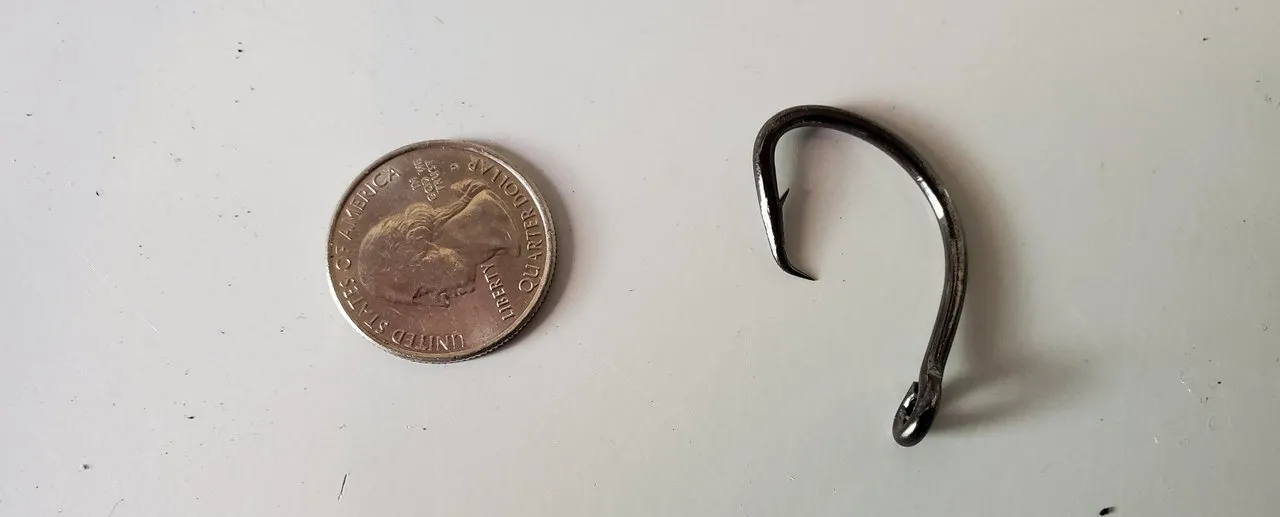
One last pic to show perspective. I'm showing a 4/0 hook which designates its size. The quarter tells you that it isn't a small hook. Not the kind you'd use for trout.
Hooks for tuna can go from a #2 which is small, up to and over a 16/0. It all depends on the size of tuna you're after. Hook manufacturers also offer sizes with heavier gauges of wire. You can beef up the high carbon steel for fishing species such as Goliath Grouper.
That covers much of the gear we use fishing the waters offshore of San Diego. I didn't get into line and there are many choices in gear that aren't shown in this post.
Feel free to browse my website Fishtfight.com if you have a true interest in offshore fishing gear.
Thanks for following and I hope you either learned something or got fired up to go fishing.
Bottom Image Courtesy Of Hive.io Brand Assets
